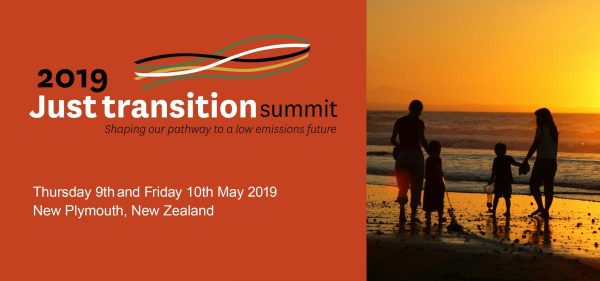Years ago, Autodesk sponsored the fantastic TV series, E2, covering the latest in sustainability—livable cities to green architecture to green energy. E2 was a show before its time. It positioned Autodesk in my mind as a true leader in sustainability and thus, I was excited to hear Carl Bass, CEO of Autodesk, speak at the Social Innovation Summit in Palo Alto this past November. Starting with the precept that, “Design is a set of constraints for reaching a solution,” Carl outlined three global challenges and five trends for using design to envision and build a better world.
Three Global Challenges Given the current interconnectedness of the world, three global challenges are becoming increasingly important aspects of design:
- Scale: Is it possible and is it appropriate to scale your solution?
- Complexity: What does the context look like? Can you take a systemic view?
- Politics: What politics are involved and how can you navigate?
Five Trends for Innovation
- Ownership to Access: Instead of a burdensome overhead, entrepreneurs can pay for access to needed equipment. For example, TechShop, where inventors can purchase a monthly membership to gain access to fabrication machines.
- Business Unusual: Good ideas are formed everywhere.
- Digital Fabrication: Digital capabilities now make possible 3-D printing, additive, subtractive, robotic assembly and nanoscale capabilities. The industrial revolution focused on large quantities of the same product. Digital fabrication enables customization and the ability to make smaller quantities while still realizing a profit.
- Rise of Information: The speed and access to information is unprecedented. Check out Instructables for an amazing example of sharing design.
- Infinite Computing: Computing is one rare thing that comes down in price over time. In addition, digital prototypes save time and money.
Examples of companies using design to change world:
MASS Design Group: They use 3-D models to design and incorporate feedback from thousands of local people. They prove that architecture can improve healthcare, education and build community.
D-Rev: Among other offerings, D-Rev has designed an inexpensive prosthetic limb device.
BioLite: Offer stoves that generate heat with 95% less emissions and can charge a cell phone.
Listening to his talk, I get the feeling that enlightened design just might in fact change the world.
Author: Stephanie Wolcott


